Rebecca May Johnson investigates lost delicacies among previously forgotten vegetables, and their burgeoning role in contemporary cuisine. From mid-century cookbooks to new organic approaches to grocery delivery, we look to the future of sustainable greens

Last year, an antiquarian bookseller friend sent me a small volume titled Uncommon Vegetables by Eleanour Sinclair Rohde, knowing my keenness for cultivating unusual varieties. I hadn’t heard of Rohde, but, upon investigation, found that she was one of a number of influential women working with plants in the early to mid-20th century, including herbalist Hilda Leyel, who founded the Society of Herbalists in 1927, and prolific landscape gardener Gertrude Jekyll, after whom David Austin named a highly fragrant rose.
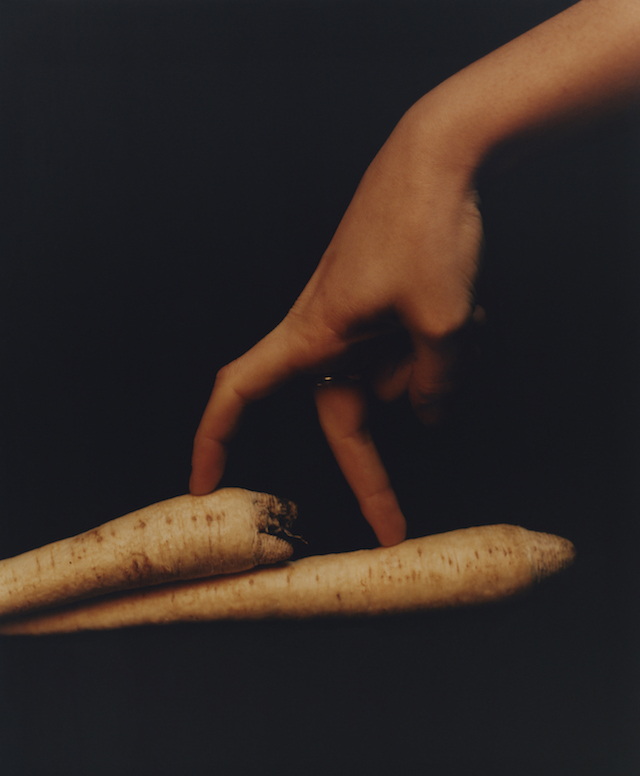
Published in 1943, Uncommon Vegetables came to readers in wartime and advises on crops that give good yields or “aren’t worth the space”, as well as evocative titbits of historical information. (The Dutch government forbade export of Brown Dutch beans during the war on account of their high nutritional value.) What struck me most on reading it, however, was the wide assortment of vegetables that were grown in 1943. It can be tempting to imagine the past as a modest place, where palates lacked contemporary breadth; memorialisation of cookery from the former half of last century often emphasises repetition and blandness.
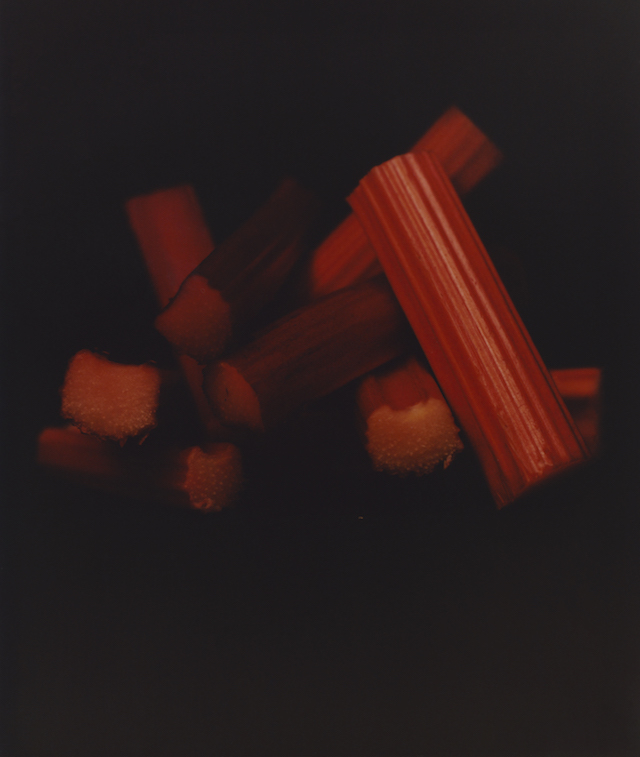
Rohde attests to the reality that vegetables that specialist grocers are now in the process of ‘introducing’ to the market, were familiar to and cultivated by amateur gardeners in Britain in the 1940s: parsley root (also known as Hamburg parsley), cultivated dandelion, Scorzonera (or black salsify), tree onions, cardoons and sea kale, for starters. Dramatic yet and beautiful monochrome photographic plates show their almost alien, sculptural forms – the blanched ribs of cardoons, the absurd tree onion with its bulbs suspended mid-air at the top of the plant. A extraordinary visual feast of forms, many of which I’ve rarely, if ever, seen in real life.
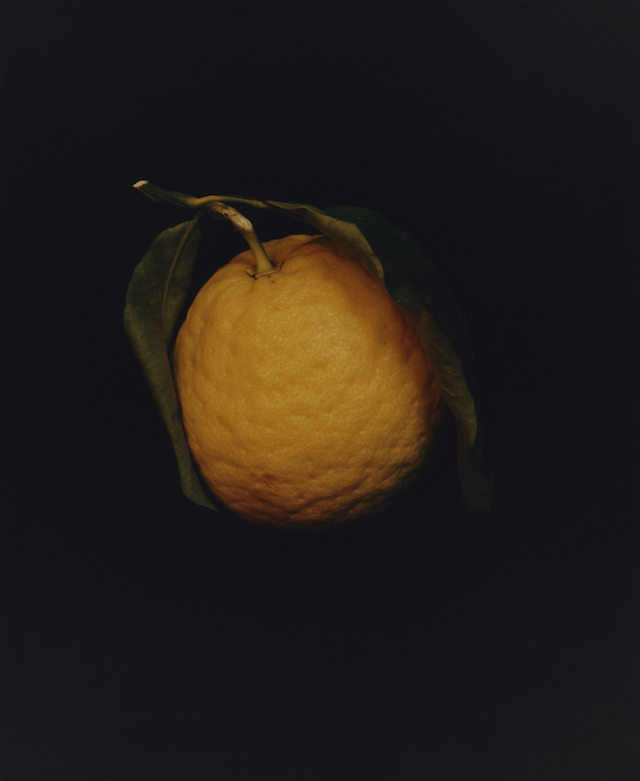
Loss of biodiversity is not only an ecological issue; narrowing the range of vegetables available to us brings about the loss of nourishing aesthetic and sensual experiences, too. Each vegetable has a poetics conveyed through form, colour, smell; its response to different methods of cookery which produce a particular texture and taste; its weight in your hand. I remember feeling overwhelmed by this fact while standing in a famed grocer in London’s Newington Green a few years ago. I’m gladdened by the restaurant industry’s recent interest in reviving outmoded vegetables.
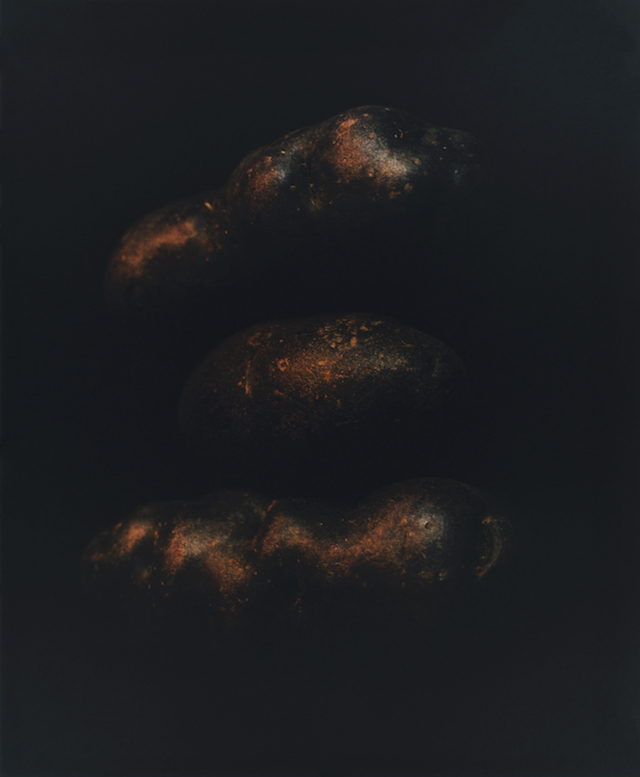
Farmers and suppliers such as Natoora, Flourish Produce, Fern Verrow, Sarah Green’s Organics and Puntarelle & Co are consistently expanding the range of what’s on offer to chefs, who in turn have been reintroducing little-known varieties to British diners, some of whom are starting to grow them. My friend, the chef and writer Thom Eagle, is embarking on cultivating his own cardoons on his personal allotment. Encountering agretti, also known as monk’s beard, at General Store in Peckham, got me into growing the saline, grass-like vegetable at home. If you have access to a few large pots on a balcony, or a patch of earth or indeed your own garden, growing your own is probably still the most accessible way to come by uncommon vegetables – my preferred source of seeds is the British-based Italian family company, Franchi.
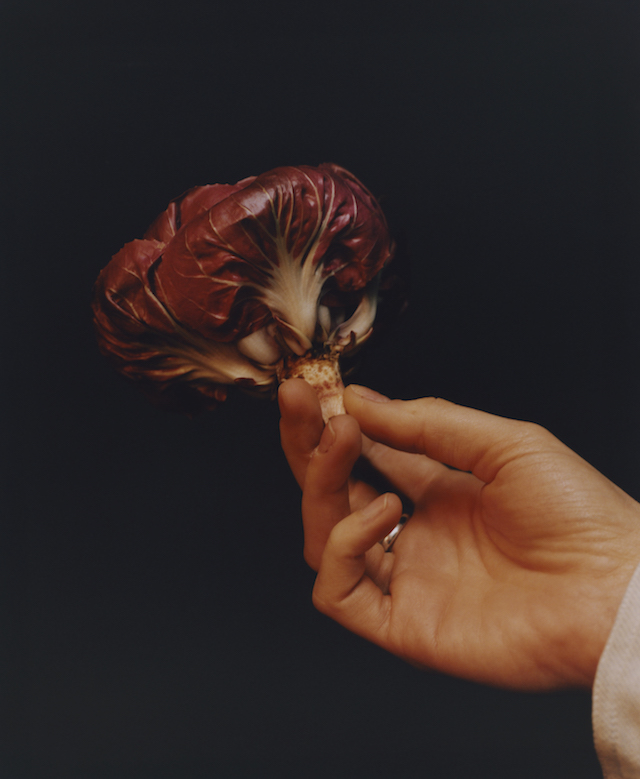

This article is taken from issue 26. To buy the issue or subscribe, click here




